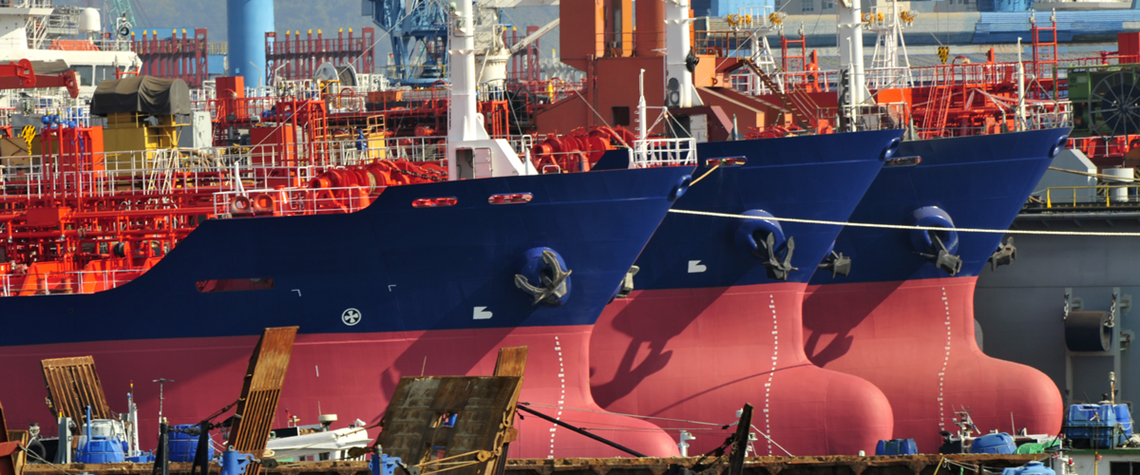LNG shipbuilding capacity to tighten
Shipyards are nearing their limits due to strong demand for carriers
Global shipbuilding capacity for large LNG carriers could face a crunch in the coming years following a deluge of orders in recent months from buyers keen to lock in slots at shipyards. Companies placed a total of 38 orders for newbuild LNG tankers with a capacity of at least 140,000m³ in the first eight months of this year, according to Clarksons, the world’s largest shipbroker. This compares with last year’s 55 orders, which was nearly level with 2019 and 2018. LNG carrier deliveries have been robust throughout this year, with on average approaching five new vessels delivered every month in the first seven months of 2021. 38—LNG carrier orders in 2021 Twenty-four conventional LNG

Also in this section
23 July 2025
The country’s energy minister explains in an exclusive interview how the country is taking a pragmatic and far-sighted approach to energy security and why he has great confidence in its oil sector
23 July 2025
Gas is unlikely to assume a major role in Albania’s energy mix for years to come, but two priority projects are making headway and helping to establish the sector
22 July 2025
The gas-hungry sector is set for rapid growth, and oil majors and some of the world’s largest LNG firms are investing in ammonia production and export facilities, though much depends on regulatory support
22 July 2025
Next year’s WPC Energy Congress taking place in April in Riyadh, Saudi Arabia will continue to promote the role of women in the energy sector, with a number of events focusing on the issue.








